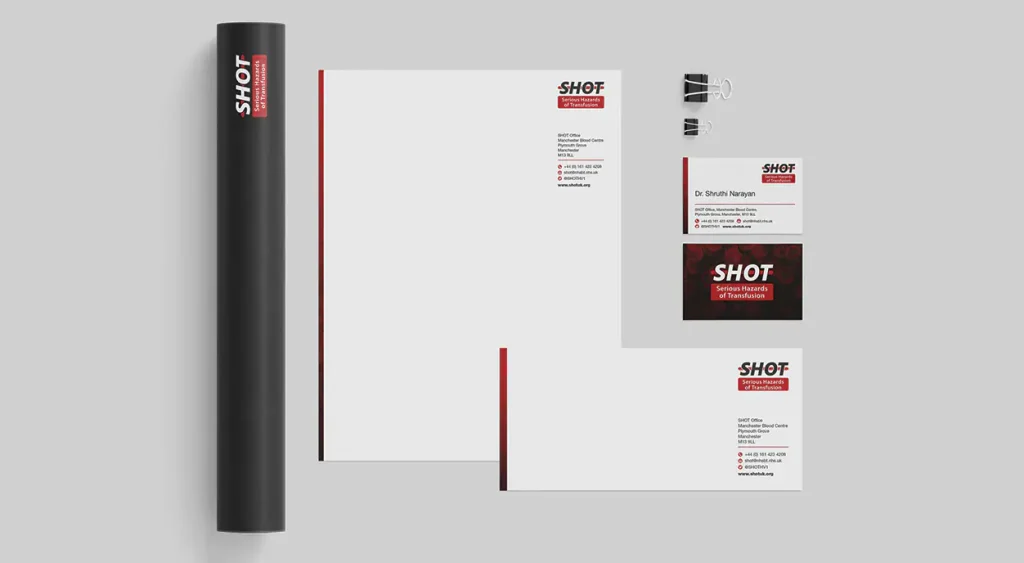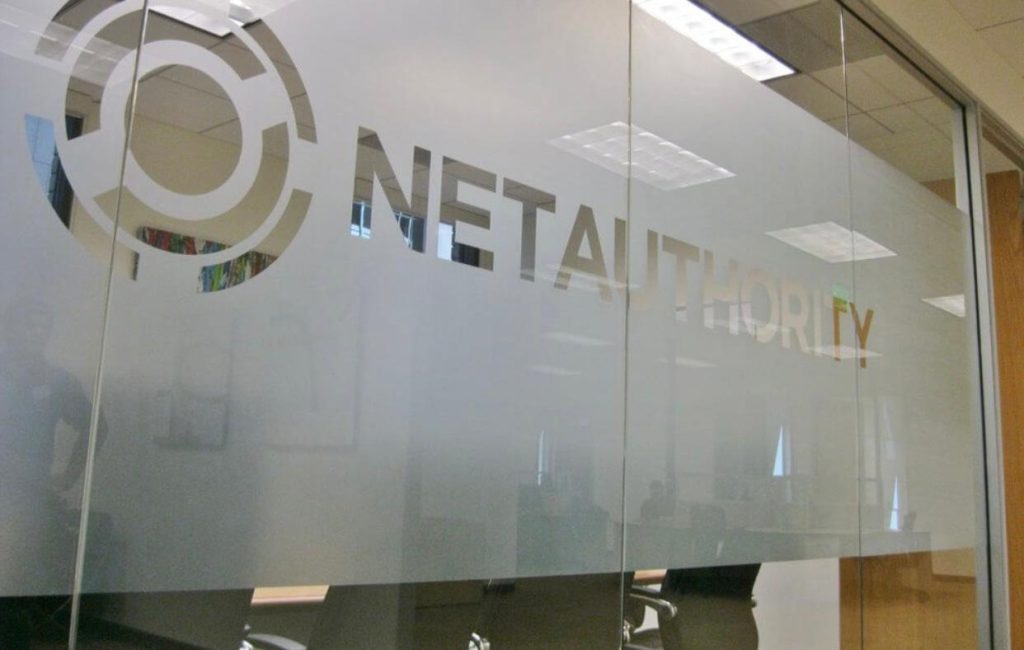Transform your indoor and outdoor spaces sustainably with our eco-friendly print, signage, digitisation, and Installation solutions. We combine innovative design, high-quality materials, and green practices to deliver impactful, environmentally responsible results for your business.
Request a Quote

Thank you
Thank you! Someone will reach out to you shortly.
Products
Services
Industries
Resources
© 2025 ARC-UK Technologies, Inc. (ISO/IEC 27001:2022 Certified and SOC2 Compliant)

ARC Manchester
ARC Suffolk
DARTFORD, Unit 5, Dartford Trading Estate, Victoria Road, Dartford, DA1 5AJ, United Kingdom
ARC Birmingham
LONDON, Unit GG.014, 30 Great Guildford St London SE1 0HS , United Kingdom
BRIDGWATER, Unit 5 Woodlands Court Business Park, Bristol Road Bridgwater, TA6 4FJ , United Kingdom
ARC LEEDS
SCOTLAND, Wrae Farmhouse Broughton, Biggar, Scottish Borders ML12 6QH
Aberdeen






















